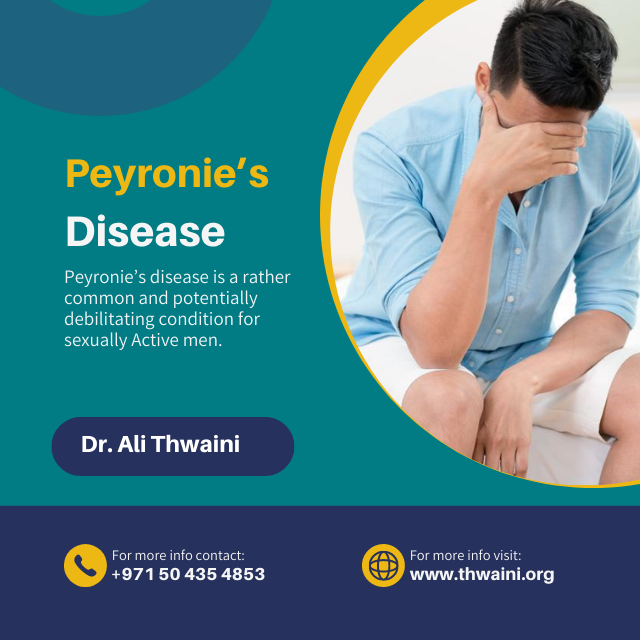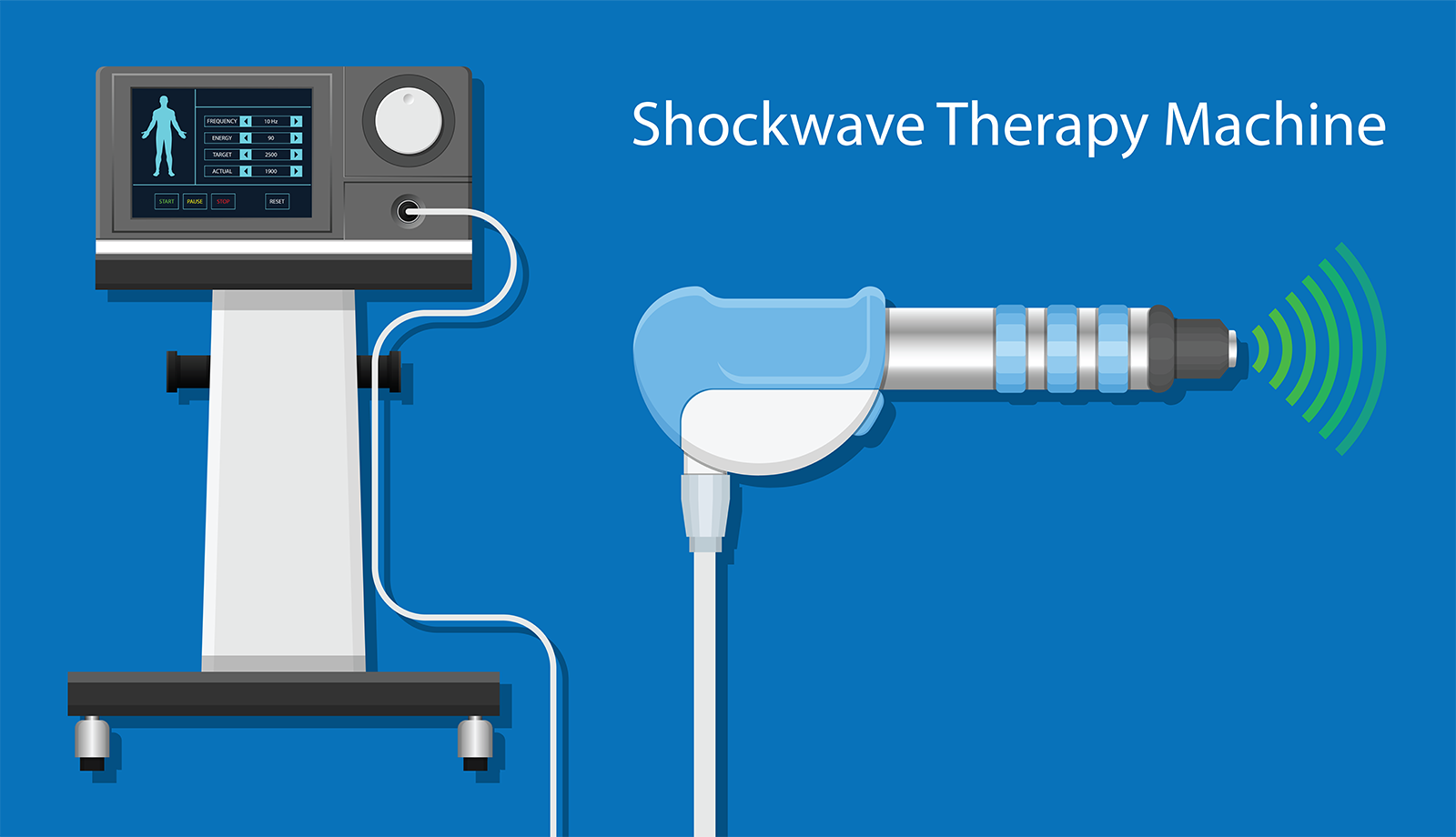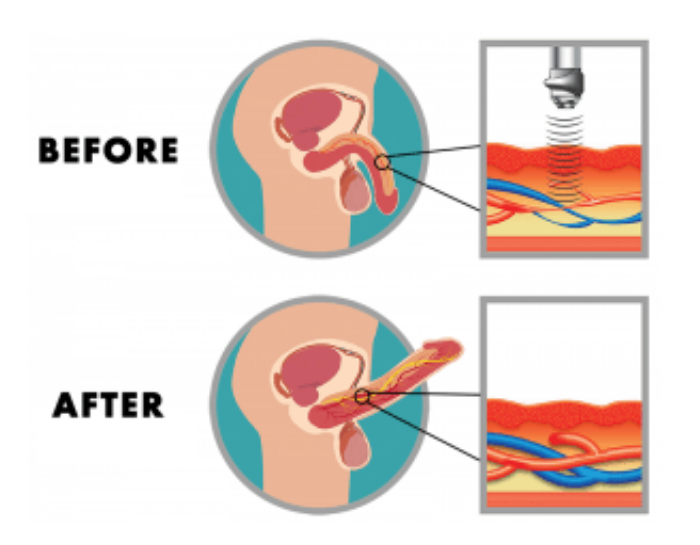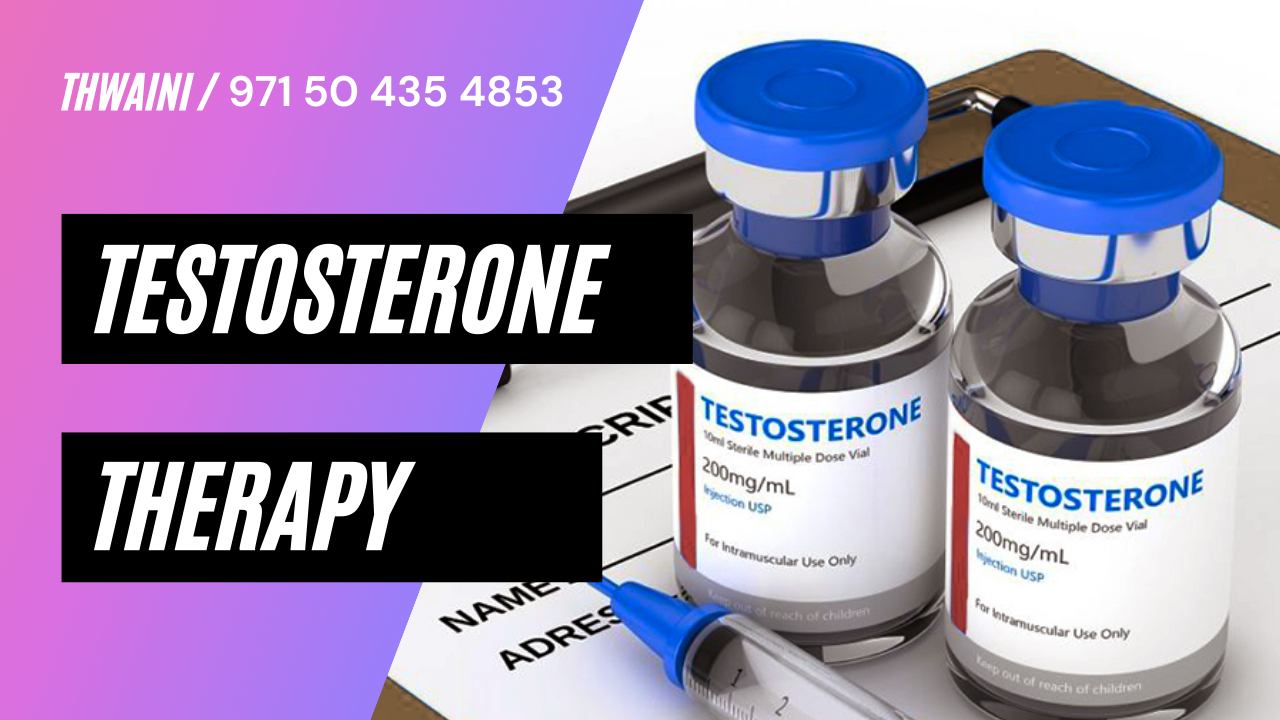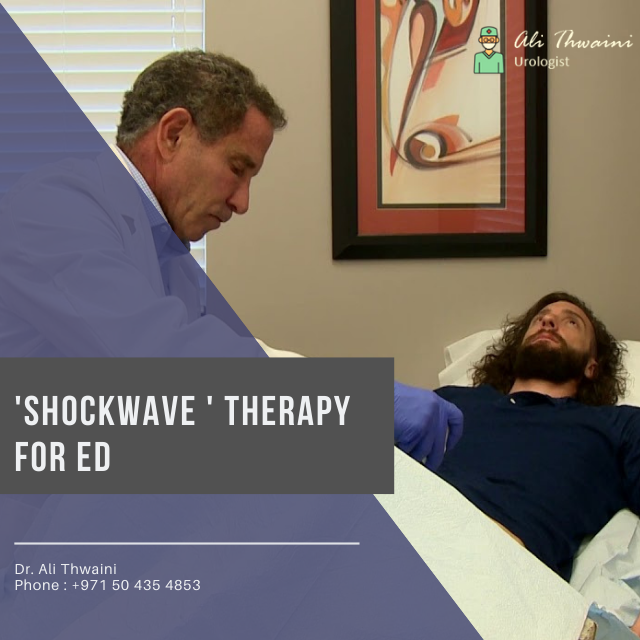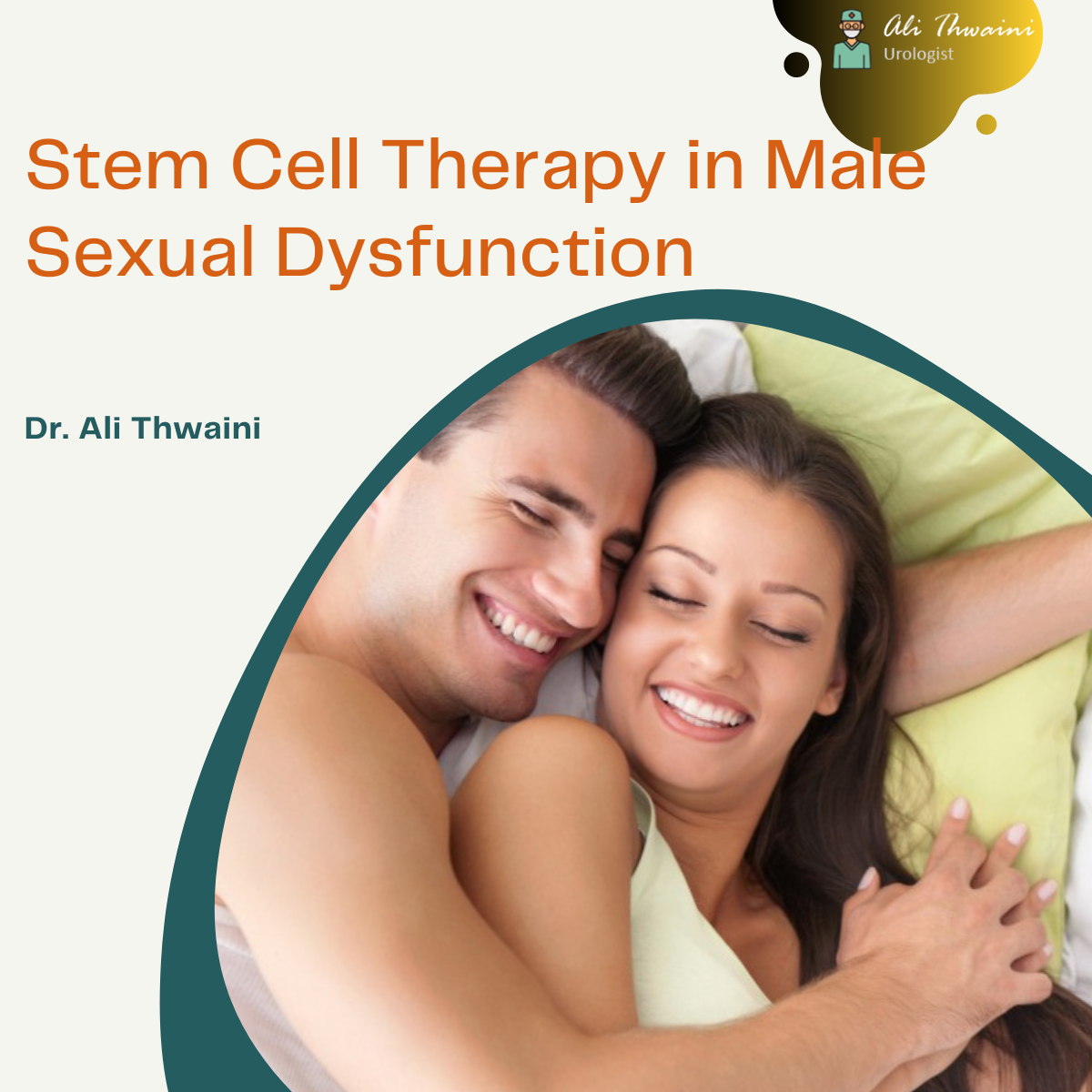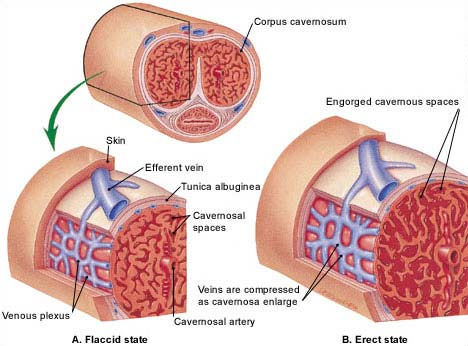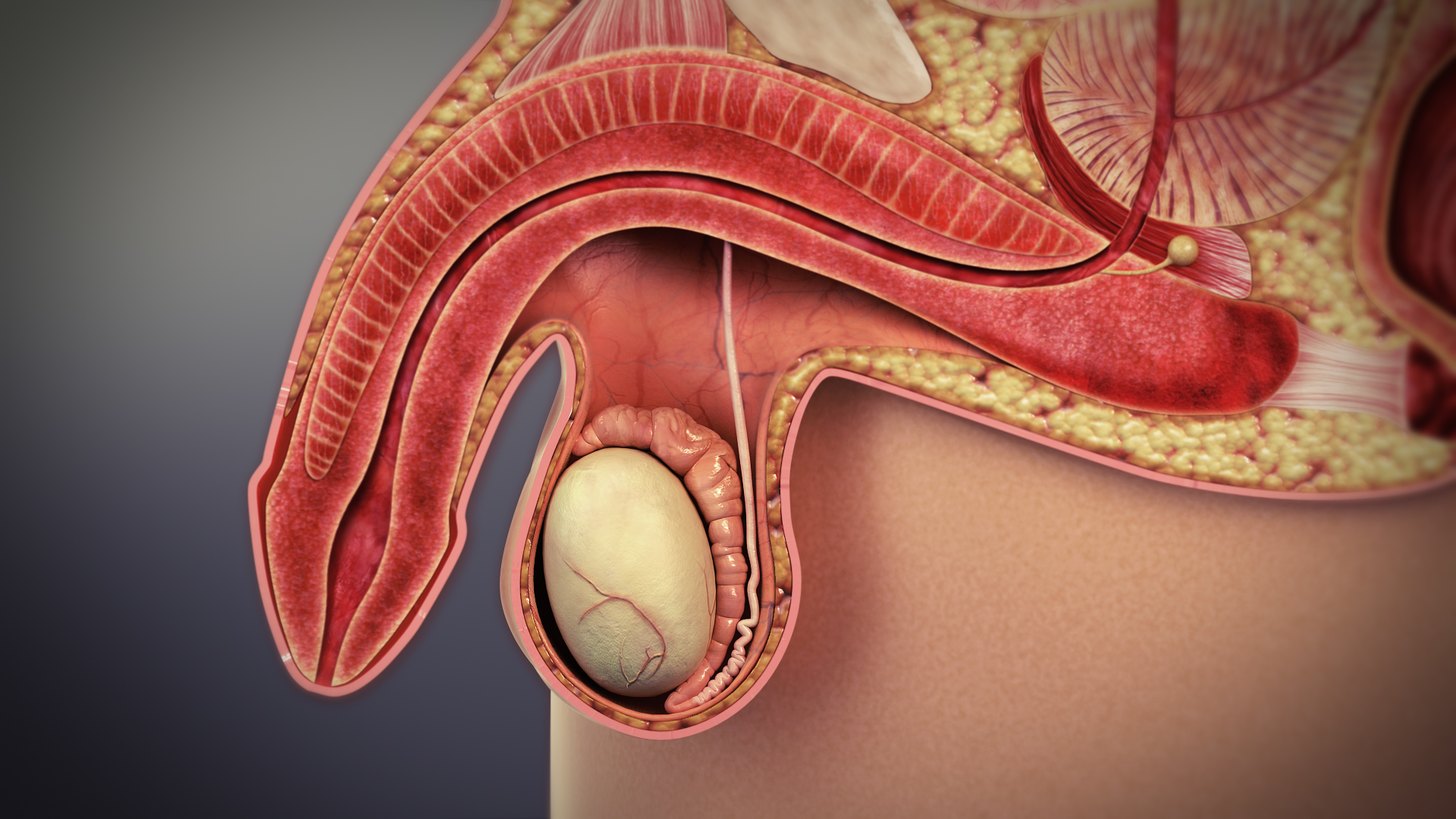Peyronie’s disease is a rather common and potentially debilitating condition for sexually Active men.
What is Peyronie’s disease?
It must be quite unnerving in to wake up on a random morning to see one’s erect penis has “taken a turn”.
While the mainly this condition is idiopathic, some are attributed to various other clinical conditions such as Dupuytren’s contracture.
Painful erections with penile deviation to start with, however, with time, the pain settles leaving behind the penile deviation while erect, which sometimes interferes with sexual activity causing dissatisfaction for the patient and the partner
Treatment
There have been several attempts to treat this condition conservatively and most of these conservative treatments were, at best, equal to placebo.
These have ranged from a variety of supplements like vitamin E, Paraamino Benzoic Acid (Potaba) calcium channel blockers, and even local injection of steroids, with no beneficial effects
Surgical interventions on the other hand provide a definite alternative, however, they come with their inherent side effects.
These are generally divided into penile shortening and penile lengthening procedures;
While the former concentrates on shortening the healthy side of the penis to make it as short as this affected side, this inevitably results in losing some of the erect penis’s length, which all men find unsatisfactory..
Penile lengthening procedures, although seemingly appealing, they have the potential side effect of causing erectile dysfunction as it involves cutting the affected segment that’s responsible for the disease, thus causing the potentially venous leak, which will hinder the erectile process
Recently, there has been some treatment which was initially effective. Collagenase clostridium histolyticum (Xiapex) has been tried with initially promising results, however, due to its significantly high price and the potential side effects of corporal rupture, its use has faded, as with other treatments
Other physical treatments such as external shockwave treatment on Penile remodeling have been attempted with modest results
Regenerative medicine has become a viable alternative in a variety of clinical conditions, and Peyronie’s disease is no different.
Several researchers have attempted the injection of platelet-rich plasma cells (PRP) (with or without hyaluronic acid) into the area of the plaque, in addition to exposing the affected area to shockwave treatment and the results are thus far, promising
It takes one or more sessions depending on the severity of the condition and it is carried out as an outpatient procedure with minimal side effects
The immediate results are encouraging, however, we are still waiting for the intermediate long-term results
Watch the space!
References

